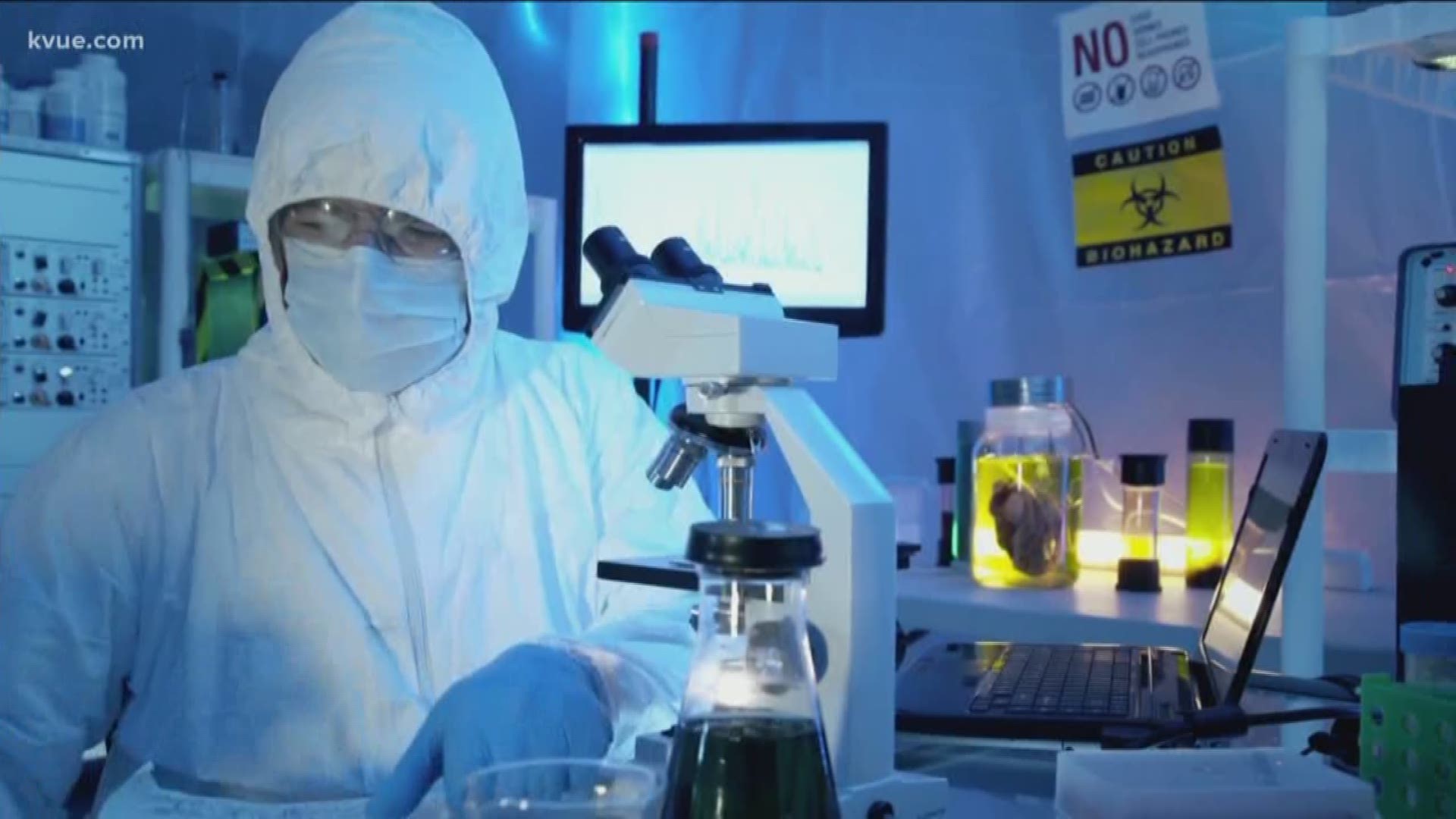AUSTIN, Texas — Under the microscope, each coronavirus resembles a tiny crown. In fact, its name comes from the Latin word for crown.
There are several strains of the virus that can cause anything from the common cold to the potentially deadly SARS illness.
The virus that’s been in the news recently is a new variety that was discovered about a month ago after doctors saw a large spike in the number of pneumonia cases in Wuhan Province, China.
It has spread quickly, with 600 cases confirmed and 18 deaths – virtually all of them in China. One case has been confirmed in Seattle from a man who had recently visited Wuhan Province.
A second possible case is under investigation in College Station, Texas, involving a Texas A&M student who also had traveled to the China province where the disease was first discovered.
RELATED:
Scientists in the U.S. say the virus is still relatively rare. The Centers for Disease Control (CDC) believes it's spread from person to person through "respiratory droplets," most likely through sneezing, coughing or other forms of close contact with an infected person. The CDC is now able to test for the virus.
Among the prevention methods being recommended are:
- Regular hand washing and using alcohol-based sanitizers
- Using face masks when in crowded areas
- Avoiding eating raw or undercooked animal products such as milk, meat and eggs
- Avoiding close contact with people who have symptoms like fevers, coughs, sneezing and difficulty breathing.
The CDC says if you experience any of these symptoms, tell your doctor immediately and share your recent travel history with them.
PEOPLE ARE ALSO READING:

